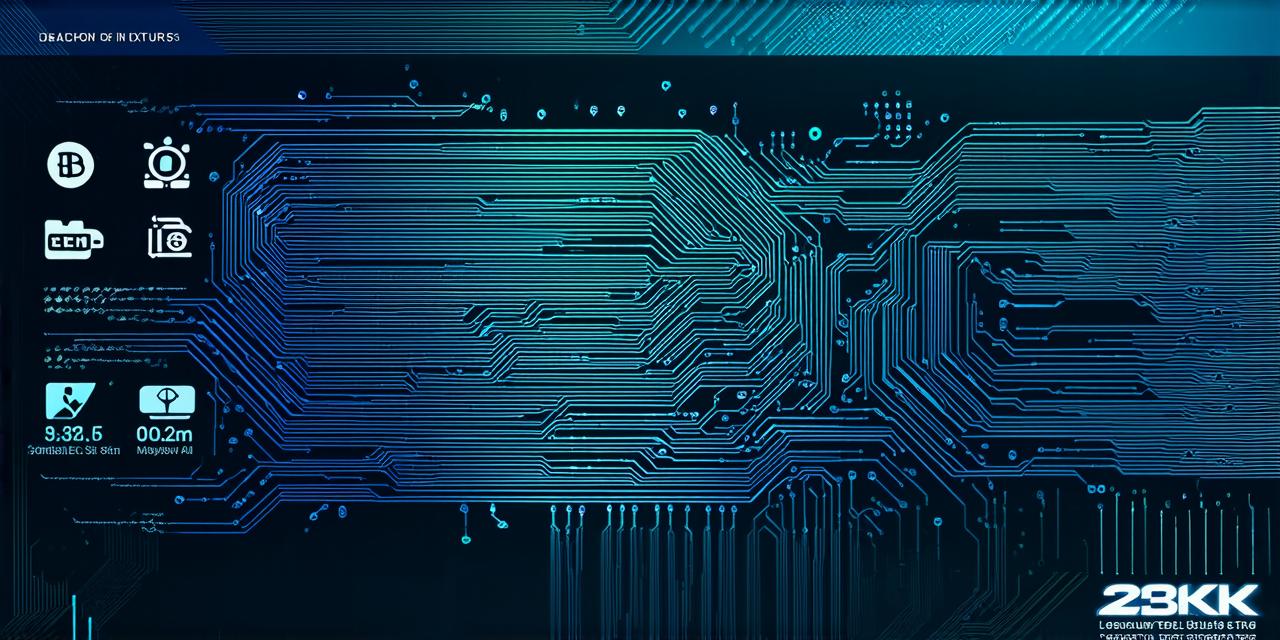Blockchain technology is revolutionizing the way we store and share data. It’s a decentralized system that uses cryptography to secure transactions and maintain a tamper-proof ledger. But with great power comes great responsibility, and blockchain’s energy consumption is becoming a growing concern. In this article, we’ll explore how much power blockchain uses and what steps are being taken to make it more efficient.
The Energy Consumption of Blockchain
Blockchain’s energy consumption is primarily due to its proof-of-work consensus mechanism, which requires miners to solve complex mathematical problems to validate transactions and add them to the blockchain. This process consumes a significant amount of electricity, as it requires powerful computers to perform these calculations at high speeds. According to Digiconomist’s Bitcoin Energy Consumption Index, Bitcoin, the most popular cryptocurrency, currently consumes an estimated 160 terawatt-hours (TWh) of electricity per year, which is enough to power a city the size of Houston for a month.
But it’s not just Bitcoin that’s consuming so much energy. Other blockchain networks like Ethereum and EOS also have high energy consumption due to their proof-of-work mechanisms. In fact, the total energy consumption of all cryptocurrencies combined is estimated to be around 200 TWh per year, which is equivalent to the electricity consumption of 47 countries combined.
The Impact of Blockchain on the Environment
The high energy consumption of blockchain networks has a significant impact on the environment. The vast majority of blockchain mining takes place in data centers, which are typically located in areas with cheap electricity and cool climates to dissipate the heat generated by the computers. However, this often means that these data centers are built in environments where water is scarce, which can lead to issues like droughts and water pollution.
Moreover, the energy used to power blockchain networks often comes from non-renewable sources like coal and natural gas, which contribute to greenhouse gas emissions and climate change. As the popularity of cryptocurrencies continues to grow, it’s becoming increasingly important for blockchain developers to find ways to make their networks more sustainable and eco-friendly.
Efficient Blockchain Solutions
There are several solutions being developed to make blockchain more energy-efficient. One such solution is proof-of-stake consensus mechanisms, which require validators to hold a certain amount of cryptocurrency as collateral instead of performing complex mathematical calculations. This reduces the energy consumption required for validation and can make blockchain networks more sustainable in the long run.
Another solution is layer 2 scaling solutions like rollups and sidechains, which can process transactions off-chain and reduce the load on the main blockchain network. This can help to reduce energy consumption by allowing for faster transaction processing and reducing the need for miners to validate every transaction.
Conclusion
In conclusion, blockchain technology has the potential to revolutionize the way we store and share data, but its high energy consumption is becoming a growing concern. It’s important for blockchain developers to find ways to make their networks more efficient and eco-friendly, both for the sake of sustainability and to ensure that blockchain continues to grow and thrive in the years come. With innovative solutions like proof-of-stake consensus mechanisms and layer 2 scaling solutions, the future of blockchain is looking brighter than ever.

